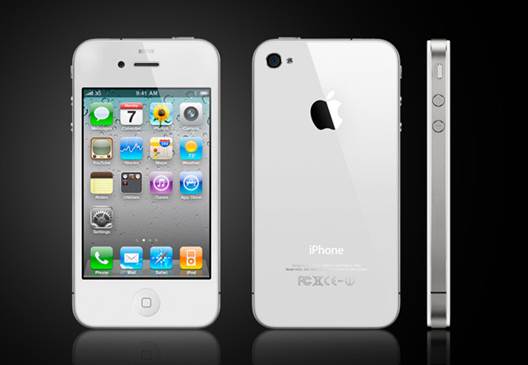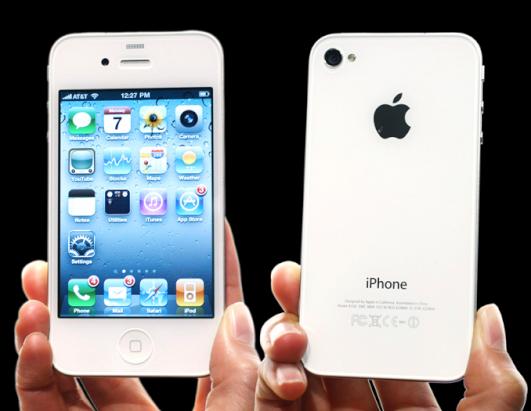The launch of the latest iPhone means that
there are five iPhone models in Apple’s line-up; three versions of the iPhone 5
are identical save for their storage capacity, these being 16GB, 32GB and 64GB;
there’s one iPhone 45 with 16GB storage; and one iPhone 4 at 8GB.
Depending on your country of residence, the
picture might be clouded by the availability of separate CDMA and GSM models of
the iPhone 5, though your choice of which to buy will be dictated by the
network you intend to run it on. All models are available unlocked and in the
US on contract from AT&T, Verizon or Sprint. Outside the US, carriers have
yet to update their pricing, but are likely to offer contracts and pay as you go
options for all five.
So, the decision comes clown to this:
iPhone 4, 4S, or 5? And if it’s the latter, do you plump for the 16GB, 32GB or
64GB?

So,
the decision comes clown to this: iPhone 4, 4S, or 5?
The iPhone 4 is the least expensive option,
costing $478.5 unlocked. In the UK it’s free on contract and in the US it’s
available free on some contracts from AT&T, Verizon, or Sprint. It has a
Retina display, a 5MP stills camera, and shoots video at 720p resolution. It
also has a FaceTime camera that can be used to make video calls over Wi-Fi. The
limitation of the iPhone 4 is storage. With only 8GB available, you’ll have to
be careful about how much you store on it.
All about the 4S
Step up to the 16GB iPhone 4S ($673.5
unlocked) and you’ll get a faster processor, double the storage and the Siri
voice assistant. You’ll also get a better iSight camera. The iPhone 4S’s camera
has an 8MP sensor, shoots video at 1080p, has face detection for photos and a
brighter lens, and the FaceTime camera can be used to initiate video calls over
a mobile network. Importantly, the iSight camera also supports the Panorama
feature that Apple demonstrated at the iPhone 5 launch. Standby and wireless
browsing battery life are also better on the 4S. The iPhone 4S supports
Bluetooth 4, the latest version of the wireless protocol, rather than 2.1. It’s
unlikely, however, this will make much difference. The extra 8GB of storage, on
the other hand, is significant. If you have lots of apps installed, take lots
of photos or video, or like to store lots of music or movies on your iPhone,
16GB is a minimum requirement. The 4S is available from $99 on contract in the
US. If you’ve ruled out the iPhone 4 and 4S, you’re looking at the iPhone 5. It
starts at $793.5 unlocked but in the UK you can get the 16GB version free on
some contracts (from $199 on a contract in the US). It has a bigger screen with
a new thinner and lighter chassis. It also has the new Lightning dock connector
if you already have, say, a speaker dock, you can use Apple’s adapter to
connect to it. In addition to the bigger screen, you get a faster processor.
The iPhone 5’s rear camera is almost the same as the one in the 4S, except it
can shoot photos while recording video, and does some extra processing to
images that should help in low light. The camera on the front has had its
resolution bumped up to 720p and is able to take 1.2-megapixel stills. As well
as this, the iPhone 5 also comes with Apples new EarPods.

Step
up to the 16GB iPhone 4S ($673.5 unlocked) and you’ll get a faster processor,
double the storage and the Siri voice assistant.
Sizing it up
So, which capacity should you choose? Well,
apps that have been optimised for the new screen will inevitably be bigger, and
the faster processor and better graphics mean that future editions of apps can
be more complex. So, if 16GB is the minimum for the iPhone 4S, we suggest that
unless budget is an issue, you should go for 32GB. If you plan to go mad with
apps, photos and video, 64GB might be worth considering. But, since you can now
store music in iCloud and download playlists as and when you want to listen to
them, you don’t need a huge amount of space. For most of us, 32GB should be
enough but you pay an extra $105 at the $898.5 price point. The 64GB model
costs another $150 at $1,048.5.

But,
if you can stretch to it, go for the 32GB iPhone 5.
Another point to consider: the iPhone 5
will be compatible with the 4G LTE network that EE will roll out later in the
year. EE has said it will launch an ‘exclusive 4G LTE version’ of the iPhone 5
and that it will offer speeds five times faster than 3G. LTE coverage, however,
will be restricted to a few cities initially. EE hadn’t launched the iPhone 5
by the time we went to press, but Orange or T-Mobile customers can easily move
over to EE when it goes live.
And so to conclude: if you want an iPhone
and your budget is tight, the iPhone 4 still won’t let you down. The 4S will
get you Siri, double the storage and a better camera. But, if you can stretch
to it, go for the 32GB iPhone 5.